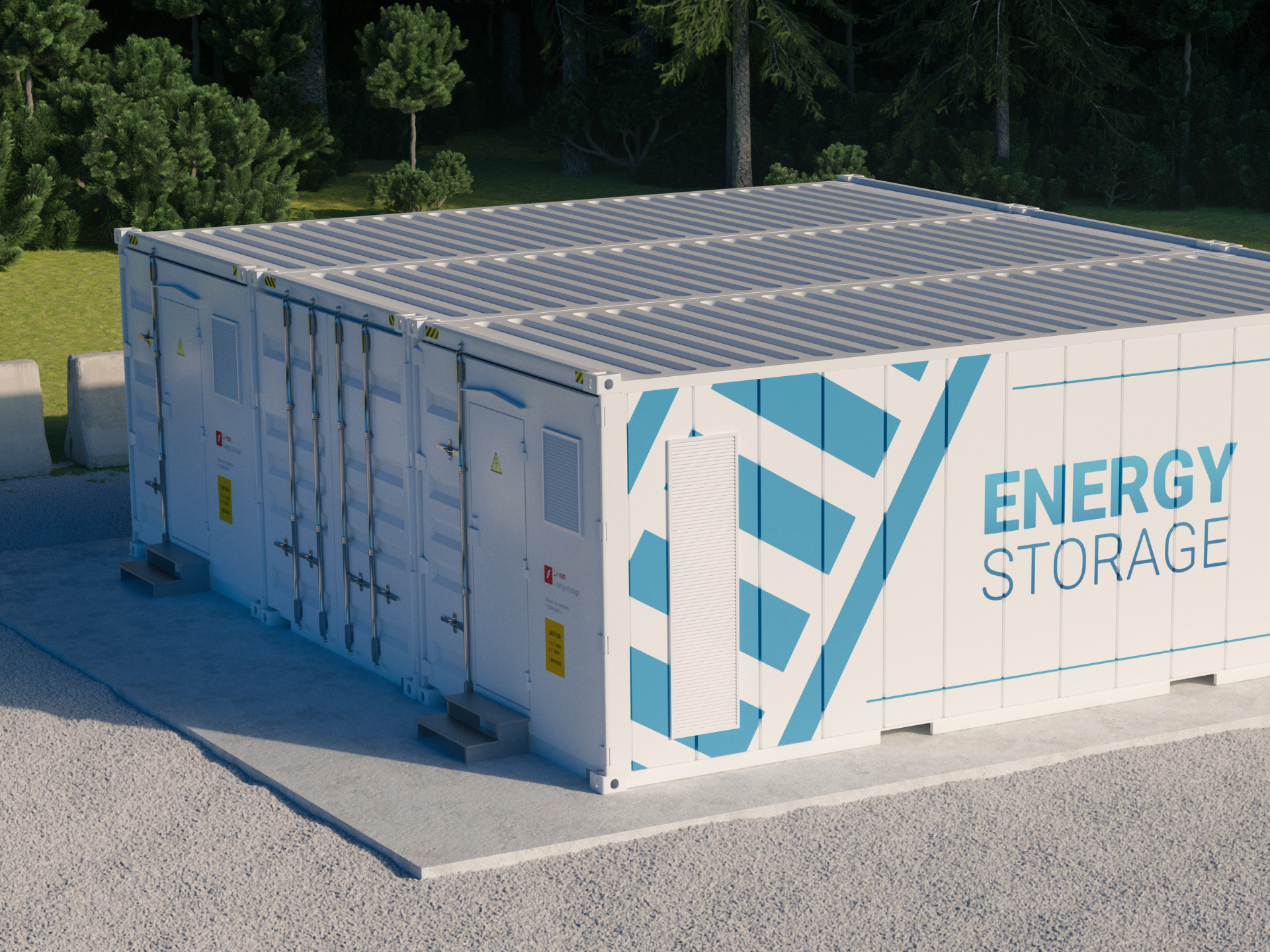

Saudi Arabia is set to become the world's 7th largest battery storage market by 2025, according to Wood Mackenzie's forecasts. The kingdom has already developed a 13 GWh project pipeline with plans to reach 70 GWh by 2030. Other emerging markets are following suit. Turkey and Bulgaria are conducting tenders for gigawatt-scale renewable projects with integrated storage components, signaling a global shift as battery systems become essential infrastructure.
The current U.S. administration's America-first energy policies will reshape global storage markets in 2025. Expect potential tariffs of 60%+ on Chinese products and 10-20%+ on other imports, alongside tighter foreign investment restrictions. This could drive a ~10% increase in storage capex, though near-term manufacturing disruption appears limited as new U.S. battery facilities lack direct Chinese investment.
Europe's battery supply chain faces its own challenges, hampering self-sufficiency goals. Caught between U.S.-China tensions, European manufacturers must urgently reassess their strategic positioning in 2025. Chinese suppliers will continue expanding globally despite rising protectionism, maintaining their competitive edge in an increasingly fragmented market.
In 2025, improvements in energy density and streamlined AC configurations will help offset potential cost increases from protectionist policies.
The 5 MWh container equipped with 300+ Ah battery cells is rapidly becoming the industry standard in China, replacing the 3+ MWh format. The larger capacity container (5 MWh) with high-capacity (300+ Ah) battery cells store more energy per container, enabling greater energy storage in a smaller footprint, optimizing the use of land and space. In addition, larger containers reduce the number of units required for a given storage capacity, leading to lower installation, transportation, and infrastructure costs as well as a reduction in operational complexities.
Global adoption is accelerating, with major integrators like Fluence, Powin, and Wärtsilä releasing compatible products in late 2024.
Some manufacturers are pushing boundaries further, introducing 500+ Ah batteries and 6+ MWh containers slated for mass production in 2025, which will significantly reduce system and project costs.
AC blocks - containers that combine batteries and inverters in a single unit - are gaining popularity for their plug-and-play simplicity and reduced EPC requirements. This year will see widespread installation of these newer products, potentially establishing AC block solutions as the preferred configuration for utility-scale storage deployments.
2025 will trigger an energy procurement race unlike anything seen in decades. Utilities and grid operators are scrambling to accommodate 53 GW of new "large loads" from data centers and manufacturing facilities expected over the next decade. Meeting this demand will require a diverse energy mix including nuclear, gas, solar, and battery storage.
Hyperscalers' ESG commitments are driving demand for complementary clean energy procurement. Storage deployed with renewables near datacenters may fulfill companies’ clean power goals and offer hedging against volatile energy prices, but the full set of benefits require onsite generation. More datacenter operators will start investigating the most economic configurations for onsite storage. Another advantage is that solar and storage are more readily available than some other technologies and can oftentimes be deployed on a faster timeline, making them a crucial resource for the near and mid-term.
Renewable expansion, thermal plant closures, and evolving policies will boost long-duration storage investment throughout 2025. While lithium-ion batteries have traditionally served short-duration needs, recent projects are pushing beyond conventional 4-6 hour limits, with 8-10 hour lithium-ion systems now appearing in grid-scale applications, challenging established assumptions about technology constraints.